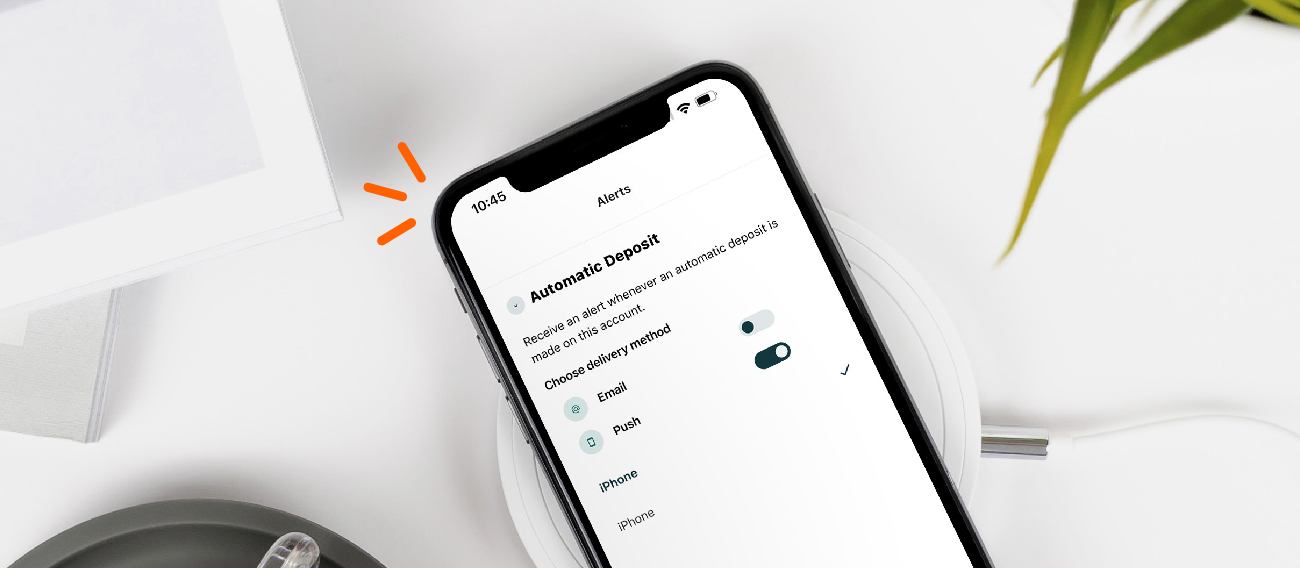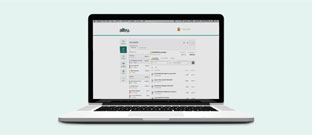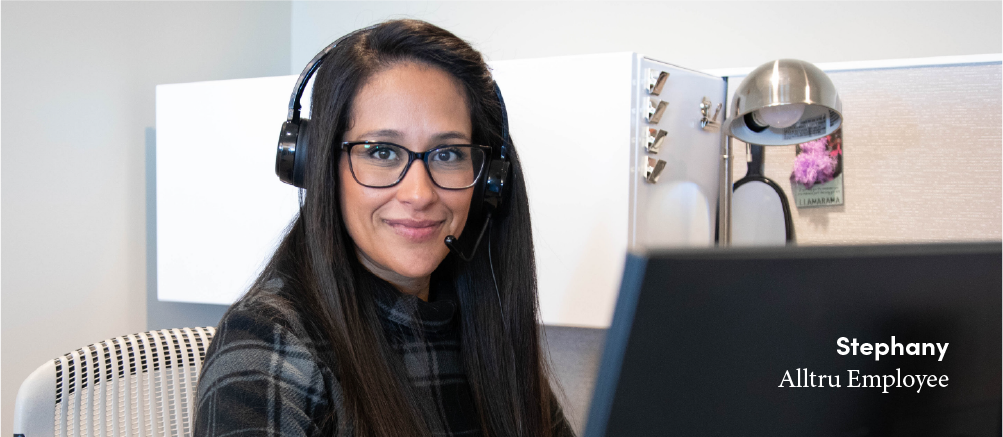In the simplest of terms, a budget is a plan for your money. It’s “money in vs money out” and how you plan to spend it whether it’s for going out to eat, paying your bills, or saving money. Your specific situation and goals will help you decide which budgeting method will work best for you. Below are four of the most used budgeting styles. Maybe one of these will work for you!
1. 50/30/20.
The 50/30/20 budget is simple and user-friendly. This method divides your after-tax income into three sections – 50% to cover your needs (rent or mortgage, utilities, groceries, etc.), 30% for wants (entertainment, date-night sitters, hobbies, etc.), and 20% for goals. Want to pay off that credit card or stash some more money into a retirement account? That comes out of your 20%. The 50/30/20 budget would work best for someone who doesn’t need to track every cent and can instead feel at ease with expenses being lumped together.
2. The Envelope Method.
Before you reach for your credit or debit card, you might want to hear this first. We all love the convenience and security of paying with plastic over cash, but for some, it is a little too convenient. If you’re guilty of overspending, the envelope method is your solution! It’s easy to do:
- Create an envelope for each category in your budget. You can be as detailed as you want – think the electric bill, cell phone, trash, internet, etc. You can even include your savings, entertainment, and saving for future events too.
- Put the amount of cash you would need to pay each item into your envelopes.
All your monthly spending should come from a designated cash-filled envelope. Once the cash is gone, that’s it. The envelope method is a great short-term budgeting tool that can help rein in out-of-control spending and retrain your brain to recognize the reality of spending – even when you aren’t using cash. Just make sure you keep your envelopes safe!
3. Pay Yourself First.
This method is popular for a reason – you are investing in yourself and your future before sending money anywhere else. When you get paid, the first thing you do is take 20% and place it in savings. The other 80% covers everything else – bills, additional savings – whatever you want. You can also modify the amount you save. If 20% is not enough, increase it. If it is too much, lower it until you can afford to save more.
4. Zero-Based Budget.
What I love about this method is that everything has a place because each cent gets a “home.” When you follow this method, all of your income is filtered out to the appropriate spot in your budget. This is where it comes in handy to have very specific line items in your budget worksheet. I take this a step further and use multiple savings buckets for some of my budget categories. For instance, if my husband and I want to take a trip, I will open a special savings or club account just for that purpose. I can then determine the monthly contribution necessary to reach my goal and make sure that the money is allocated properly.
The key to any successful budget is honesty. Be honest with yourself about what your wants and needs truly are. Can you cut spending to save more? Can you put more money towards paying off debt for a better financial future? You certainly can – with the right budget tools on your side!
Until next time,

Chelsea Springli







